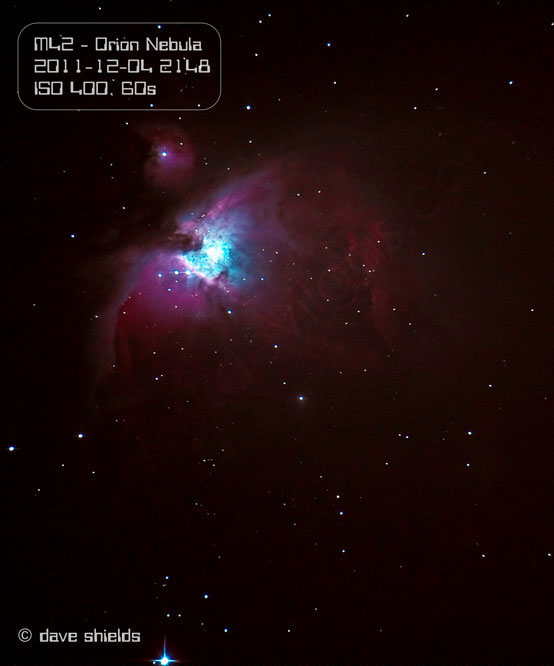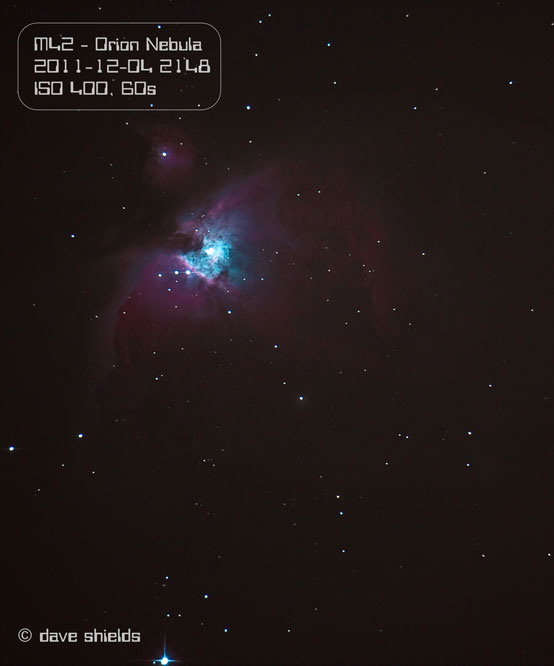Re: twinkle twinkle little star
He's just been showing me that hand controller (Autostar) and explaining what it does and how to use it - though the 'scope isn't set up yet. He's busy refreshing his memory plodding through the manual and he's also been spending some time looking at the accessories website for filters, comparing prices etc.
I think it's really gonna happen soon - possibly next week at home and hopefully after Xmas down on the marshes.
Thanks for the info about the LPR/nebular filter. He says he knows what they are but he doesn't have one so that'll be on the accessory list along with a solar filter (to which he already has a link for buying one). He has a folder of links somewhere, though he hasn't used them for ages so he's spent most of his free time today catching up with those as well as getting all his bits and pieces together.
I'm sure you're right about wanting to take pics once we get going properly. At the moment he has a Coolpix 4500 that he once used for digiscoping somewhere about and I think he has a mount for it - but getting going just with the viewing is the first step for now.
Is your PST a Coronado? Not that we're likely to be thinking that far ahead yet!
Pol
He's just been showing me that hand controller (Autostar) and explaining what it does and how to use it - though the 'scope isn't set up yet. He's busy refreshing his memory plodding through the manual and he's also been spending some time looking at the accessories website for filters, comparing prices etc.
I think it's really gonna happen soon - possibly next week at home and hopefully after Xmas down on the marshes.
Thanks for the info about the LPR/nebular filter. He says he knows what they are but he doesn't have one so that'll be on the accessory list along with a solar filter (to which he already has a link for buying one). He has a folder of links somewhere, though he hasn't used them for ages so he's spent most of his free time today catching up with those as well as getting all his bits and pieces together.
I'm sure you're right about wanting to take pics once we get going properly. At the moment he has a Coolpix 4500 that he once used for digiscoping somewhere about and I think he has a mount for it - but getting going just with the viewing is the first step for now.
Is your PST a Coronado? Not that we're likely to be thinking that far ahead yet!
Pol






Comment